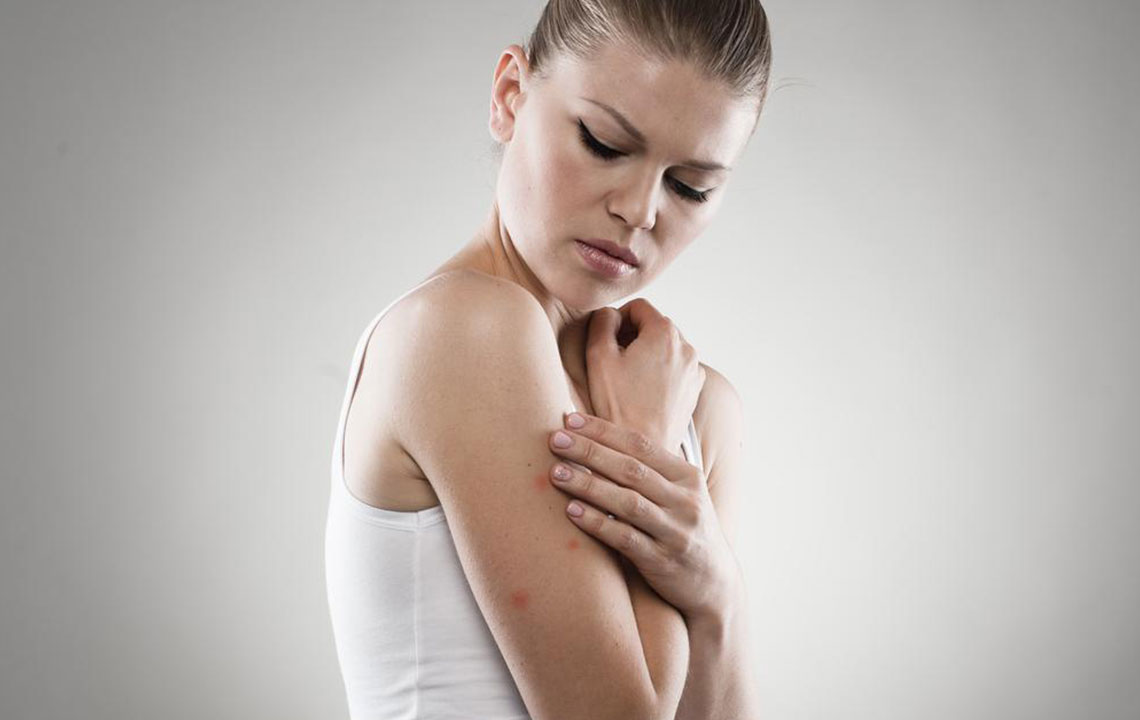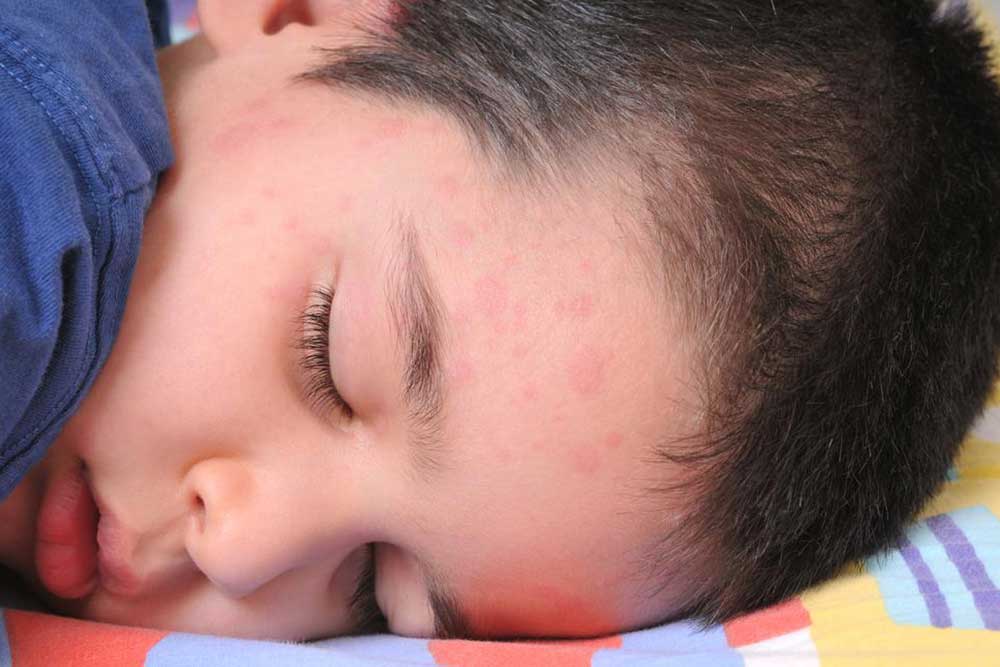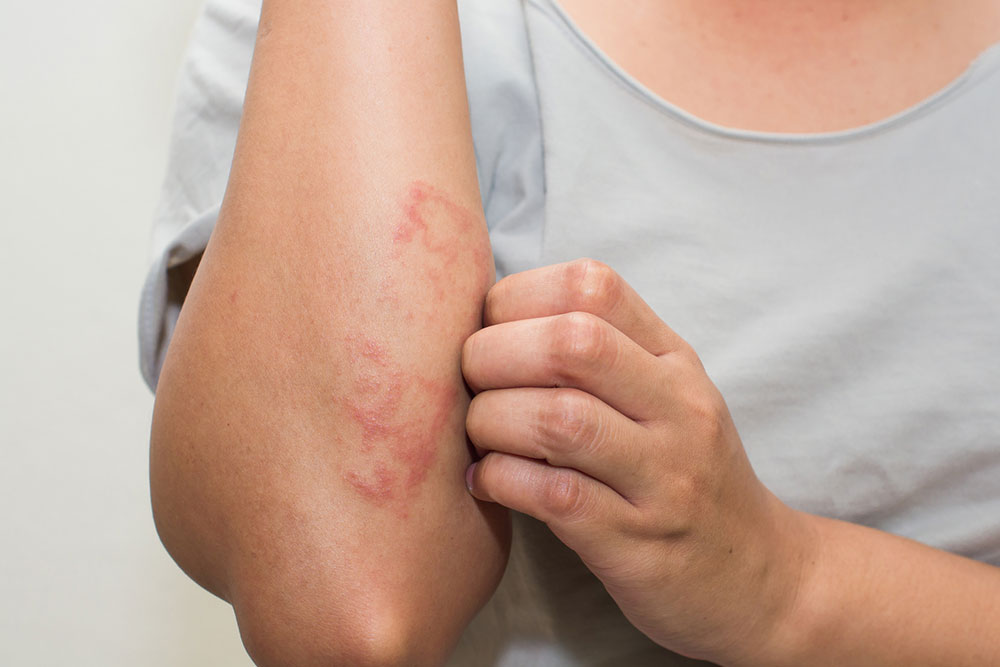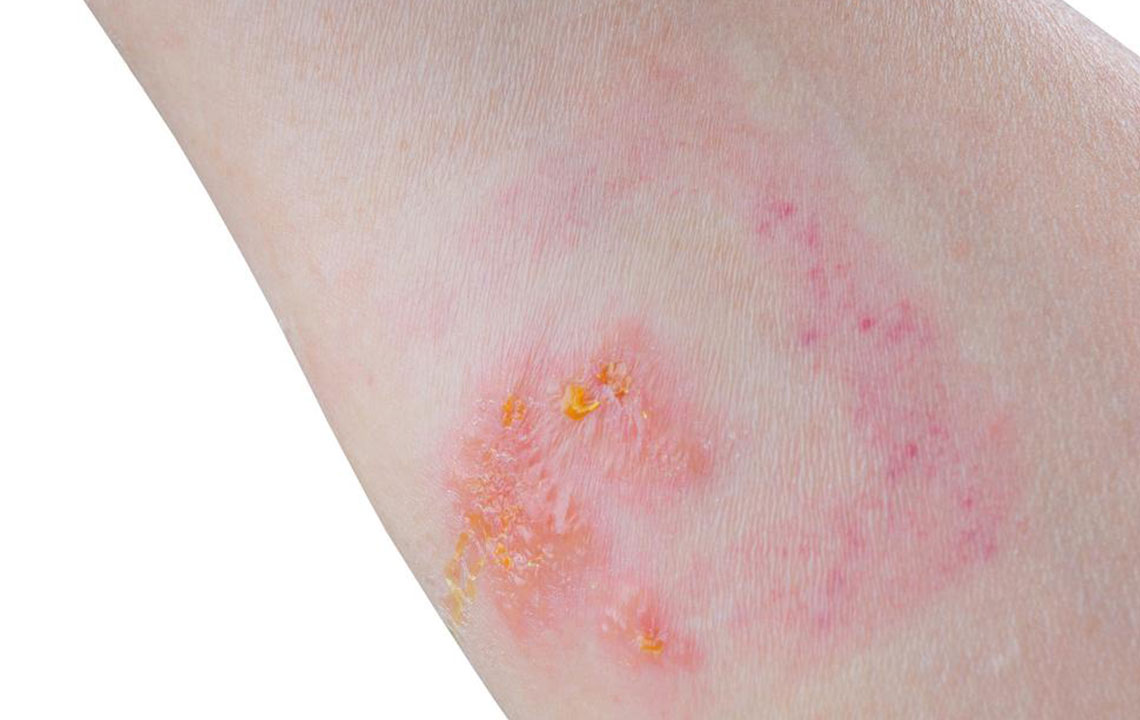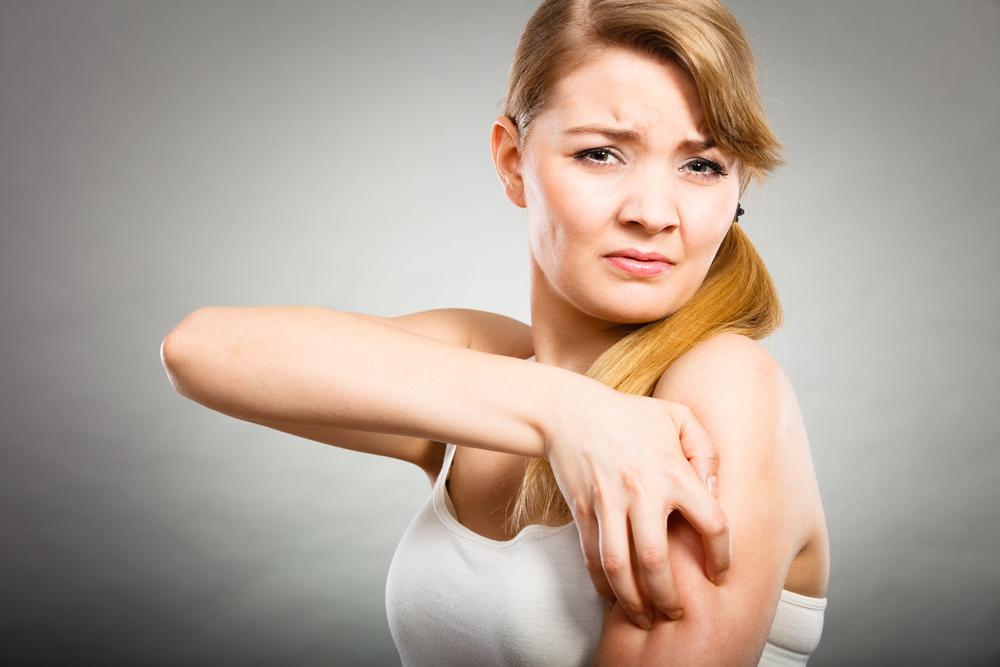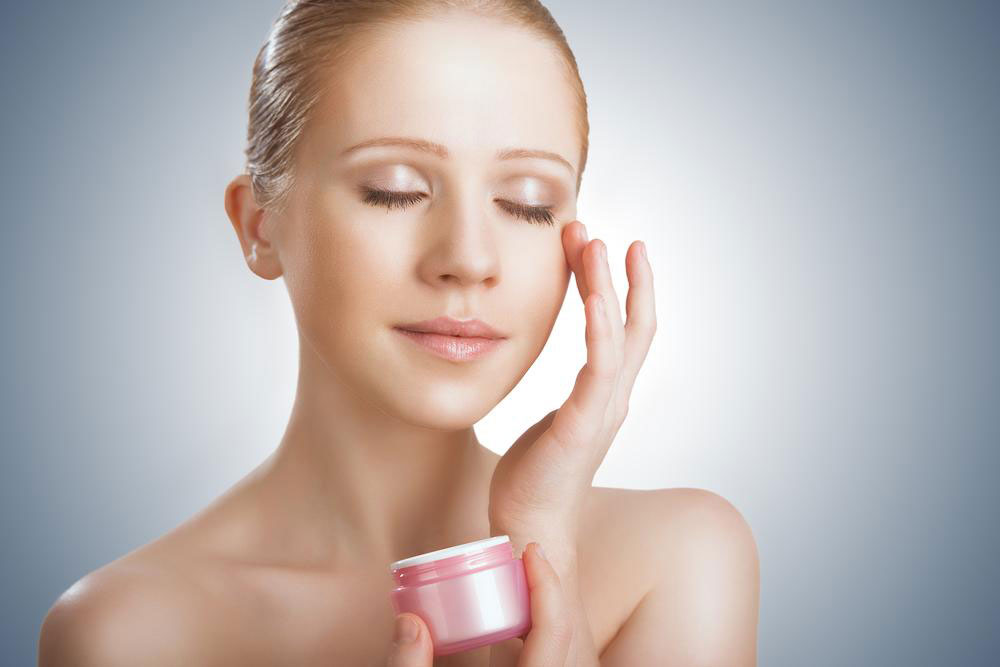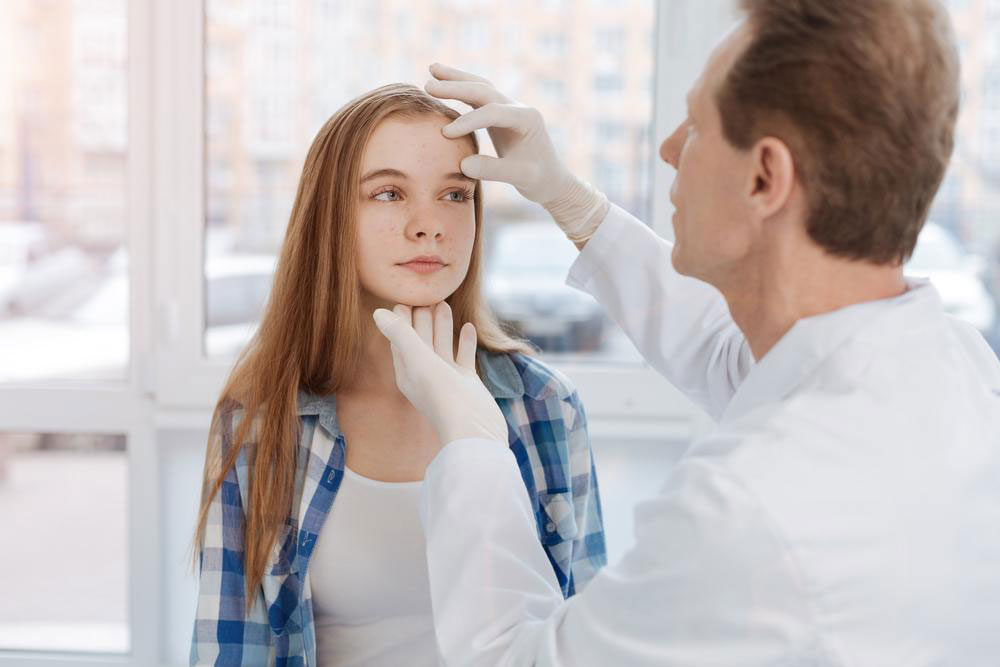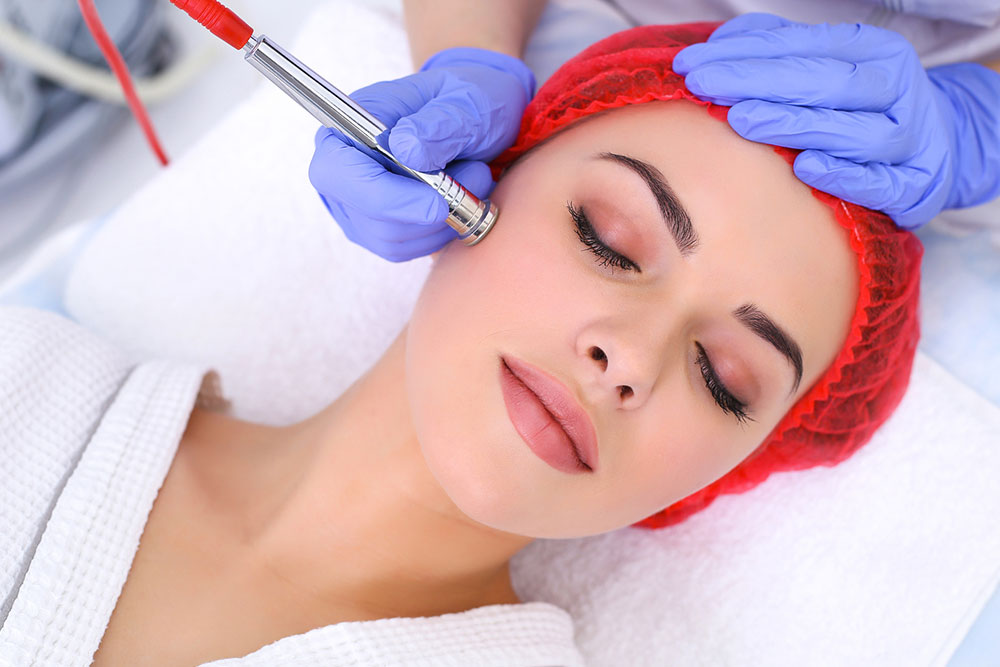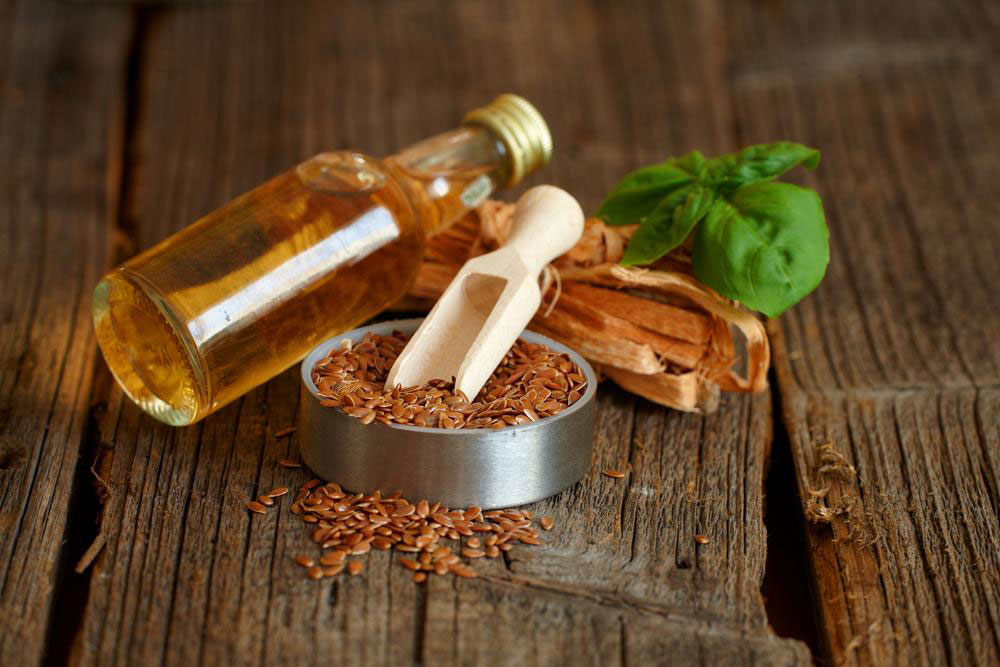Understanding Skin Reactions: Signs, Types, Diagnosis, and Treatment Options
This comprehensive guide explains skin reactions, their signs, types, diagnosis, and treatment options. It covers common conditions like dermatitis, hives, psoriasis, and viral rashes, emphasizing the importance of medical consultation. Practical home remedies such as oatmeal baths, cold compresses, and natural oils are also discussed to help manage symptoms effectively. Recognizing early warning signs facilitates timely intervention, preventing complications and promoting skin health.
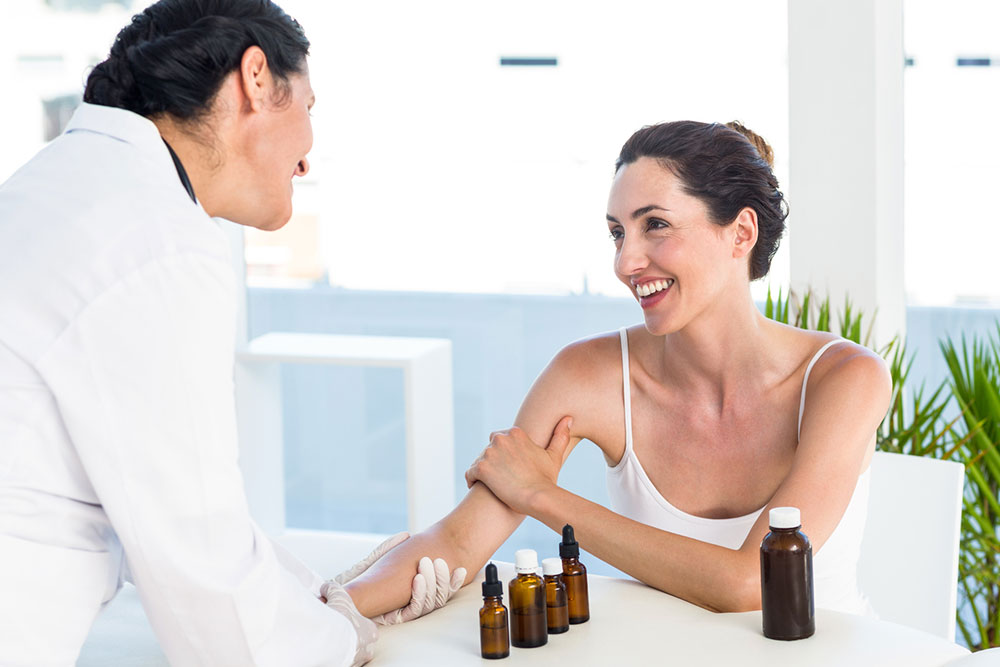
Understanding Skin Reactions: Signs, Types, Diagnosis, and Treatment Options
Skin reactions such as rashes can appear due to various factors, including allergies, infections, or irritants. These skin changes often manifest as swollen, itchy, or irritated patches that may vary in size and shape. Some rashes resolve spontaneously, but others need medical attention, making it essential to recognize warning signs early. Symptoms may include redness, swelling, dry patches, or blistering, and understanding their cause helps guide appropriate treatment.
Signs of skin reactions
Alert signs indicating a skin reaction include:
Discolored patches
Dry or flaky skin
Itching sensation
Raised, hive-like bumps
Swelling or inflammation
Redness
Broken or infected skin
Sharp pain
Blisters
Red, circular patches
Flattened, shiny bumps
Types of skin reactions
Skin responses can differ based on their origin, with common types including:
1. Dermatitis
This encompasses a group of inflammatory skin conditions characterized by red, itchy patches. The most common forms are contact dermatitis—caused by exposure to irritants like chemicals or fragrances—and atopic dermatitis (eczema). These reactions result from the skin's hypersensitivity to external substances.
2. Hives (Urticaria)
Urticaria presents as raised, itchy, red welts often triggered by allergies to airborne particles or insect bites. Sudden temperature fluctuations and bacterial infections can also provoke hives.
3. Psoriasis
This chronic condition causes thick, scaly patches typically found on elbows, scalp, and lower back. It is believed to have genetic and environmental influences.
Additional skin reactions include:
- Viral infections such as chickenpox, measles, or molluscum contagiosum often cause rashes.
- Pityriasis rosea presents as large pink, scaly patches that may itch.
- Lichen planus features flat, shiny, reddish-purple bumps, often on wrists, ankles, or inside the mouth, affecting adults aged 30–70.
Identifying a skin reaction
Self-assessment through online images or descriptions can provide clues, but consulting a dermatologist ensures precise diagnosis. Doctors may perform skin biopsies, blood tests, or allergy testing to determine the cause and severity of the reaction.
Diagnostic Methods
- Skin biopsy: Samples are examined for infections or abnormal cells.
- Blood tests: Detect systemic involvement or underlying conditions.
- Allergy testing: Identifies triggers through skin exposure or blood analysis.
Managing Skin Reactions
Treatment varies based on the diagnosis and may include medications, topical agents, or lifestyle modifications. It’s crucial to address the root cause for effective relief.
Treatment options
- Medications: Prescriptions, corticosteroids, antihistamines, or phototherapy.
- Home remedies: Natural methods to soothe the skin, such as oatmeal baths, cold compresses, or moisturizing oils.
- Oatmeal bath: Eases dryness and itchiness.
- Cold therapy: Reduces swelling and discomfort.
- Coconut oil: Moisturizes and provides anti-inflammatory benefits.
- Epsom salt bath: Helps improve skin barrier and reduce inflammation.
- Tea tree oil: Antimicrobial and anti-inflammatory, used cautiously after medical advice.
Important Reminder
The content shared aims to educate; however, professional consultation is advised for diagnosis and treatment. Always seek medical advice for persistent or severe skin reactions to ensure appropriate care.

